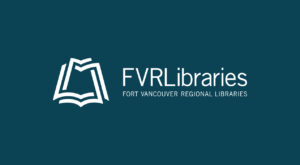“I've used PolicyMap to good effect in two ways so far - one is to support planning for a new library in a part of our service area without a library. The other is to help our library district understand digital equity needs in our service area, which includes rural, urban, and suburban communities.”
See how PolicyMap can help your organization.
Challenge
With the emergence of COVID-19, many public libraries were forced to closed their doors for health and safety reasons. Americans who relied on these institutions for the internet lost access, exacerbating already significant connectivity gaps.Serving three counties in southwest Washington State, Fort Vancouver Regional Libraries (FVRLibraries) immediately recognized the impact the pandemic would have on the growing digital divide. Public libraries would need to play an even greater role in supporting digitally disconnected people. To respond quickly to the unfolding public health crisis, library staff required more data on community needs, such as local connectivity and digital skills gaps.

Solution
FVRLibraries used PolicyMap to dig deeper into the conditions of their community and understand the complexities and nuances surrounding digital equity. Prior to the pandemic, inaccurate perceptions about digital equity in their community made the issue a lower priority. But maps and data helped staff tell the story of why there was an immediate need to bridge the connectivity gap. In addition to implementing direct initiatives like lending laptops and hotspots, FVRLibraries uses PolicyMap data to engage in advocacy work, joining state-wide initiatives and other task forces.FVRLibraries is also using PolicyMaps to respond to the needs of their rapidly growing population. To better serve new residents in Vancouver and the surrounding county, FVRLibraries is preparing to launch a new library branch. PolicyMap’s data and visualizations have been an asset in raising both awareness and project funding, communicating community needs and service gaps to library leaders, donors, and local citizens.